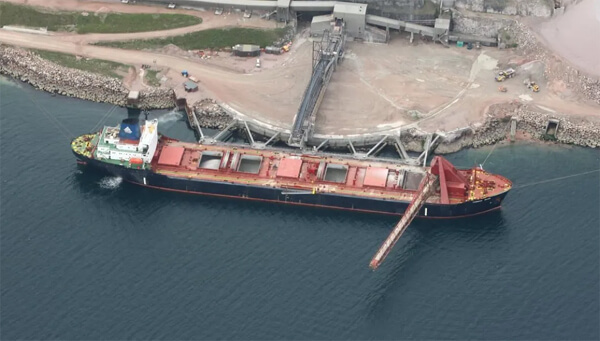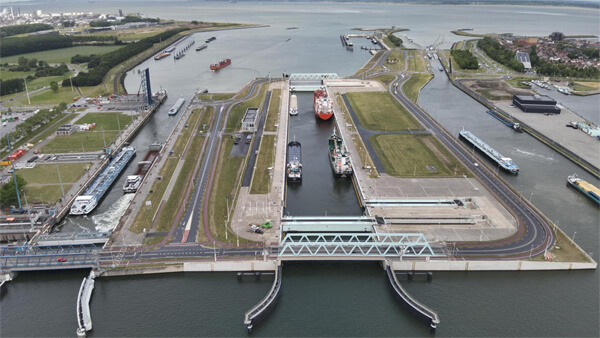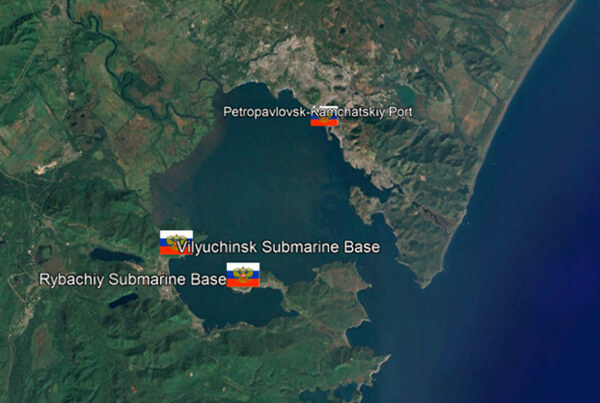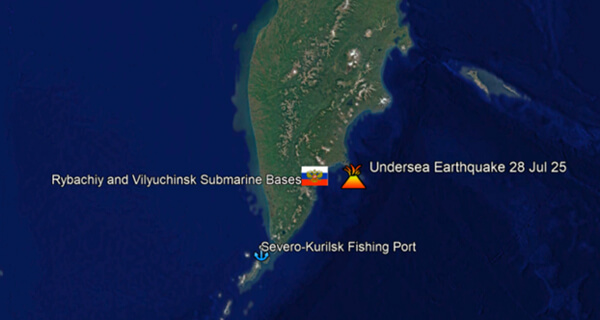Nexans and Crowley Wind Services to Develop and Operate Cable Lay Barge
[By: Crowley]
Nexans, a leader in the world’s energy transition which invested in the U.S. with its subsea transmission cable manufacturing facility in South Carolina, today announces an innovative partnership with Crowley Wind Services, a leading American shipping and logistics company, to develop and operate a Jones Act compliant cable lay barge.
Dedicated to supporting the installation of subsea transmission lines necessary for offshore wind energy, telecommunications and other major industrial applications, this collaboration underscores both companies' commitment to providing solutions for the expansion of U.S. energy sources and other industrial uses that require underwater cabling.
The 300-foot, U.S.-flagged barge, built in Louisiana and tested in the U.S. Gulf to Nexans specifications, will be crewed by American mariners under Crowley’s operation. The vessel will play a critical role in laying and burying the subsea cables needed to deliver energy from offshore to the grid onshore. The barge is the first to have vertical injectors along with a dynamic positioning system and a multiple-anchors positioning system, which allow for accurate and efficient cable placement, even in challenging conditions.
The barge boasts a 3,500-ton capacity carousel to lay and bury subsea cable using burial tools such as a vertical injector, a jet sled, or a jetting ROV, with the potential to be upgraded to 7,000 tons with two carousels for bundle cable lay and burial. The barge is positioned to support Equinor’s Empire Wind offshore wind farm for New York and can be configured to lay or repair cable for a multitude of other subsea applications.
"This barge will support our existing fleet of cable laying vessels, the Nexans CLV Aurora, Nexans C/S Skagerrak and Nexans CLV Electra, and we are pleased to be working with Crowley on developing the capability to lay nearshore subsea cable in the U.S.," said Pascal Radue, executive vice president of Nexans' PWR-Transmission Business Group, highlighting the significance of the partnership.
“The cable lay barge will provide a productive supply chain solution for offshore energy, telecommunications and other sectors,” said Graham Tyson, vice president of operations, Crowley Wind Services. “Coupled with our U.S. maritime fleet and mariners providing feedering services and other logistics and project management capabilities, we could not be better equipped to serve the needs of industries seeking subsea cable solutions.”
The vessel will be operated by a crew of U.S. mariners, supporting maritime investment and employment goals.
“AMO is proud to be the leading source for United States Coast Guard licensed officers in the wind farm space. Our long-lasting partnership with Crowley, and our new relationship with Nexans, will help to provide clean, affordable and sustainable energy to millions of Americans and will open the door to future offshore projects,” said American Maritime Officers National President Willie Barrere.
“The SIU welcomes this exciting opportunity and looks forward to providing dedicated, well-trained mariners to help ensure the new vessel’s success,” said Seafarers International Union President David Heindel. “SIU members have sailed aboard cable-laying vessels for decades, so we are more than up to the task. This is a worthwhile project that will boost American shipboard manpower while reinforcing the great importance of the Jones Act, which has protected United States national, economic and homeland security for more than a century.





